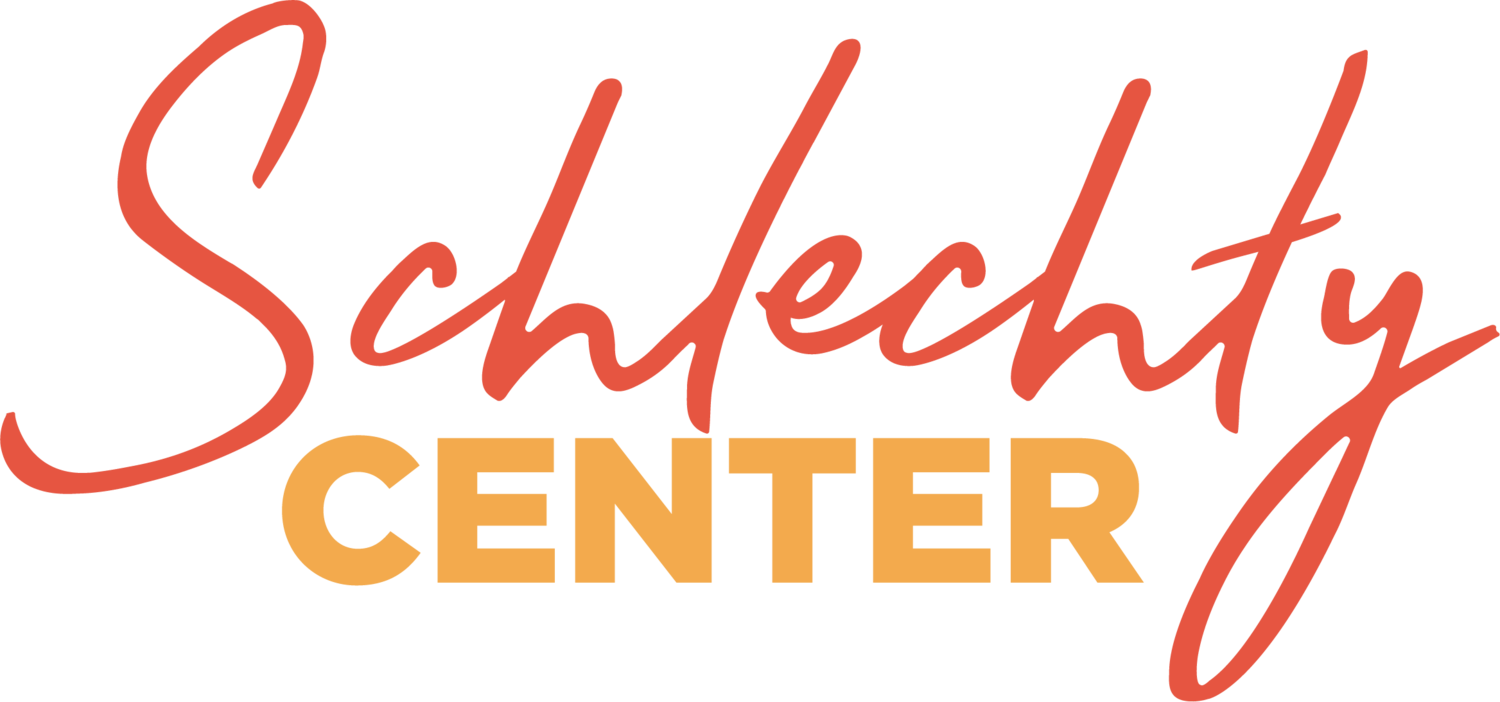Disclosure: The sole purpose of this blog is to generate a conversation regarding engagement in the Comments section. Please read and give us your ideas.
On August 22, 2015, the Gallup Corporation and Phi Delta Kappa, a prestigious association of professional educators, released results of a new poll of American views on the public education system. Two findings stood out to us among many: First, "A strong majority (about eight in 10) of Americans believe how engaged students are with their classwork and their level of hope for the future are very important for measuring the effectiveness of the public schools in their community." Second, 97% of public school parents rated "improve teacher quality" as the top strategy for improving public schools from a list of five choices. No other strategy on the list garnered a rating higher than 80%.
In July of 2015, the Carnegie Foundation for the Advancement of Teaching released a report by Susan Headden and Sarah McKay entitled Motivation Matters: How New Research Can Help Teachers Boost Student Engagement. In this report, they conclude that, "It is increasingly clear that the public education system needs to address student motivation far more systematically than it does today."
In his latest book, Creative Schools, published in 2015, Sir Ken Robinson makes a strong case that the role of teachers is to "engage, inspire, and enthuse students by creating conditions in which those students will want to learn." Sir Ken's TED talks have ranged from 1.6 million views for "Changing Education Paradigms" to 35 million views for "Do Schools Kill Creativity?"
Apple released a free iBooks guideline for educators in June 2015 entitled Evaluating Apps for the Classroom. In this booklet, Apple suggests five guidelines for evaluating classroom digital apps: developmental appropriateness, instructional design, engagement and motivation, balance of interactive features, and accessibility.
In a 2013 book entitled OPEN: How we'll work, live and learn in the future by David Price, these important points appear: First, "We’re becoming increasingly dissatisfied, and consequently disengaged, from the way we learn in the formal space, when measured against the open learning we do in the social space." Second, "Engagement precedes learning: learning becomes an uphill struggle without deep absorption in a task, (what the psychologist Mihaly Csikszentmihalyi calls being ‘in the flow’ – unaware of time passing). Learning without engagement is likely to be superficial, temporary. Engaged learning has depth and ‘stickiness’."
On October 23, 2015, USA Today reported the results of a recent Yale University/Born This Way Foundation survey of 22,000 students. 26% of respondents reported they were bored in school. "Unless what they're learning is engaging and interesting, they're going to be bored — the boredom is related to the quality of instruction."
The New Media Consortium recently published the NMC Horizon Report: 2015 K-12 Edition asking the question, "What is on the five-year horizon for K-12 schools worldwide?" According to the report's Executive Summary, "The experts agreed on two long-term trends: rethinking how schools work in order to bolster student engagement and drive more innovation, as well as shifting to deeper learning approaches, such as project- and challenge-based learning."
Phil Schlechty has written eight books on the topic of engagement and is widely viewed as a leading authority in America on the topic of engagement in schoolwork. For 30 years, he has posited the idea that engagement should be the core business of schools.
With all this attention on engagement, we wonder why a stronger foothold has not occurred at the policymaking level to give engagement its rightful place in the focus of public schools. What does it take for national, state, and local policymakers to listen to important data like this and act?
Please give us your thoughts by commenting below.
The Engagement People







